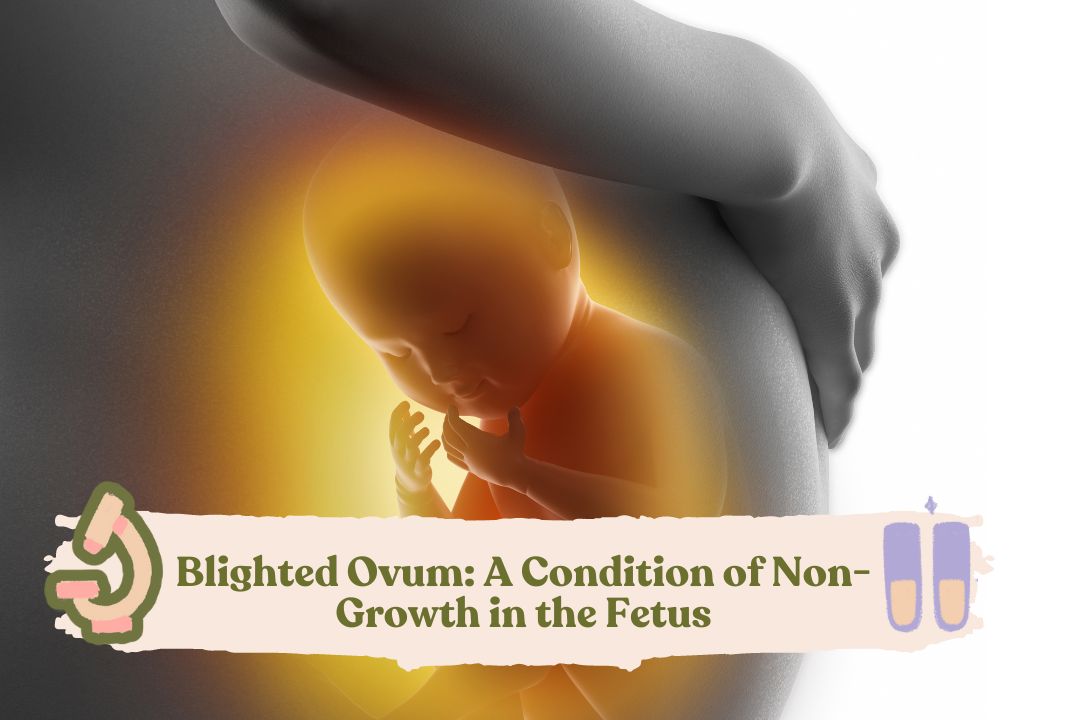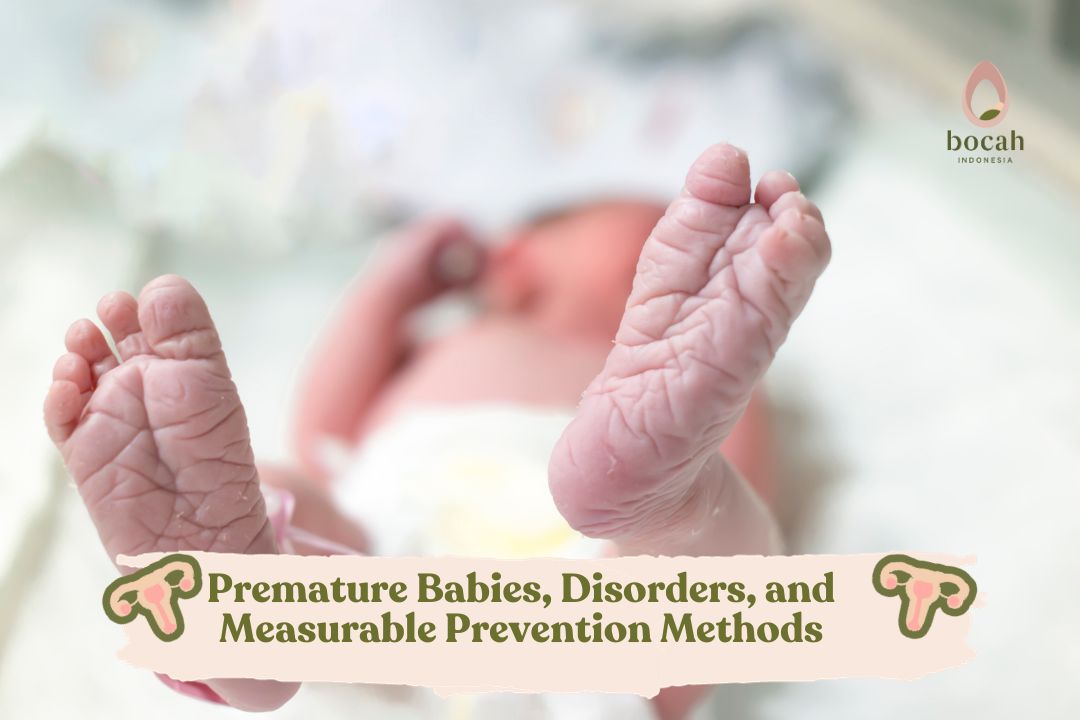Get to Know the Ideal Weight and Growth of Babies

The physical growth of a baby reflects their overall health and development. Physical growth is the most easily observable change. It refers to the increase in body size (height and weight) and the size of organs. This growth can be assessed by measuring height, weight, and head circumference.
The fastest and most crucial period of growth occurs in the first thousand days of life, from early pregnancy to a child’s second birthday. During this time, the brain and other vital organs are formed. Suboptimal growth during these periods has long-term consequences that affect a child’s quality of life in the future.
What is the Normal Growth Pattern for Babies?
In general, there are three parameters used to determine the growth pattern of a baby. These parameters are:
1. Length/Height
- Generally, a full-term baby’s length increases by about 30 percent at 5 months of age and up to 50 percent of their birth length by 1 year of age. Babies usually grow about 25 cm in their first year. Most boys reach half their adult height at age 2, while girls achieve this at 19 months.
- After the first year, a baby’s length growth slows down slightly. At 2 years old, height growth stabilizes at around 6 cm per year until adolescence.
2. Weight
- Shortly after birth, babies lose 5-10 percent of their birth weight. By 2 weeks of age, their weight begins to return and then increases rapidly. In the first two months, a baby’s weight increases by about 30 grams per day, and after that, it’s about 450 grams per month. This growth pattern results in a baby’s birth weight doubling by 4-6 months and tripling by 1 year of age.
- Between ages 1 and 5, a child’s weight gain remains relatively steady, at around 2.2 kg per year.
3. Head Circumference
- Head circumference is the measurement of the largest part of a child’s head. The measuring tape is placed above the eyebrows and ears, encircling the back of the head. This measurement is essential because head circumference reflects brain size and can indicate whether a child’s brain is growing and developing normally. Head circumference should be regularly measured until a child is 3 years old.
- At birth, a baby’s brain is about a quarter the size of an adult’s brain, with a head circumference of around 35 cm. By 1 year of age, the brain reaches 75 percent of an adult’s brain size. At 3 years old, it reaches 80 percent, and at 7 years old, it reaches 90 percent.
Factors Influencing Baby Growth
The growth of a baby is determined by several factors, including:
- Genetic Factors: Genetics influence a baby’s body type and metabolic rate. This means some babies appear tall (“banana babies”) while others appear chubby (“apple/pear babies”). Babies with a fast metabolism may burn more calories and grow taller faster than they gain weight.
- Gender: During the first year of life, males tend to have greater weight, height, and head circumference compared to females. These growth rate differences are related to hormonal variations between male and female infants.
- Nutrition: Meeting a child’s nutritional needs during the first thousand days of life is crucial for their cognitive, motor, and socio-emotional development, which will impact their future. Malnutrition in early childhood can affect a child’s thinking, behavior, and productivity in school.
- Baby’s Temperament: Calm, sleep-prone babies may burn fewer calories, leading to quicker weight gain, while active babies may burn more calories and appear leaner.
- Psychosocial Factors: A harmonious family, positive parenting, love, and providing opportunities for stimulation and exploration can contribute to a child’s physical, mental, and emotional well-being.
- Socioeconomic Factors: Socioeconomic factors can provide a child with better facilities that support their growth and development, such as a clean home, healthy food, regular meal times, access to quality education and healthcare services, opportunities for outdoor activities, exercise, and various other activities.
These factors lead to variations in a baby’s growth pattern. These variations are considered normal as long as the growth curve consistently shows an upward trend.
Tanya Mincah tentang Promil?
Is My Baby’s Growth Normal?
By the age of one year, an easy way to determine if your baby’s growth is normal is if their weight has tripled, their height has increased by one and a half times their birth length, and their head circumference has increased by approximately 10 cm. However, since every child grows at a different pace, regular measurements are necessary to ensure there are no abnormalities.
The recommended frequency for measuring growth parameters is as follows:
- Height and weight should be measured every month until the age of one year. After that, measurements should be taken every 3 months until the age of 3, every 6 months until the age of 6, and once a year in the following years.
- Head circumference should be measured every 3 months until the age of 1. After that, measurements should be taken every 6 months until the age of 6.
From birth, babies will visit the doctor several times for routine check-ups. During these visits, the doctor will measure growth parameters and plot them on a growth curve. This tool is essential for determining whether a child’s growth rate is normal or not.
Currently, Indonesia uses the World Health Organization (WHO) growth curve for newborns up to 2 years of age and the 2000 Centers for Disease Control and Prevention (CDC) growth curve for children over 2 years of age.
The indicators used in these growth curves are:
- Weight-for-Length (WFL): This indicator determines a child’s nutritional status by comparing their weight to the ideal weight for their height. Interpretations include obesity, overweight, good nutrition, undernutrition, and severe undernutrition.
- Height-for-Age (HFA): This indicator compares a child’s height to that of children of the same age and gender. Interpretations include tall, normal, short, and very short stature.
- Weight-for-Age (WFA): This indicator compares a child’s weight to that of children of the same age and gender. Interpretations include normal weight, underweight, and overweight.
For head circumference, measurements are interpreted as normal, small (microcephaly), or large (macrocephaly). A small or large head circumference may indicate brain growth issues.
How to Measure Baby Growth at Home
You don’t need to wait for a doctor’s appointment to measure your baby’s growth. You can do it at home, and the results can be accurate if done correctly.
Measuring Length/Height For babies under two years old, measure their length while lying down. You’ll need two adults to perform this measurement. Here’s how:
- Place the baby in a supine position on a flat, sturdy surface. Ensure that the top of the baby’s head is flush against a flat wall or the bed’s headrest.
- Hold the baby’s head straight and flat against the wall. Meanwhile, another adult helps straighten the baby’s legs.
- Position the measuring tape on a flat surface right next to the baby. You can also attach the measuring tape to the surface where the baby lies.
- Measure the distance from the top of the baby’s head to their heel. Record the height to the nearest 0.1 cm.
For children over 2 years old, height is measured while standing. To make it easier, you can use a stature meter sticker.
Measuring Weight For children under 2 years old, weight is measured using a baby scale. For more accurate results, weigh the baby when they are undressed, and ensure that the scale is placed on a flat surface. The scale should be capable of weighing up to 20 kg with a minimum accuracy of 10 grams.
You can also measure a baby’s weight using a regular digital scale while holding the baby. It’s less accurate but cost-effective. First, weigh yourself, and then weigh yourself while holding the baby. The difference between the two measurements is the baby’s weight.
For children over 2 years old, weight can be measured using a regular scale.
Measuring Head Circumference Measure head circumference using a fabric measuring tape. Position the tape above the eyebrows and ears, encircling the largest part of the head.
Promoting Normal Weight Gain in Babies
Several factors can help your baby grow and develop normally. In principle, to support all aspects of their growth and development, a child needs:
- Adequate Rest: Sleep patterns vary depending on the individual and the baby’s age. However, newborns typically need 16-18 hours of sleep per day. This decreases to 11-12 hours per day for toddlers. School-aged children should get at least 10 hours of sleep per day. Sleep provides a period of rest for the body’s organs, allowing them to grow and develop optimally.
- Adequate Nutrition: A balanced, nutrient-rich diet that is rich in essential vitamins and minerals will help a child achieve their best growth potential.
- Regular Exercise: Obesity is becoming increasingly common in children. Therefore, parents need to encourage regular physical activity in children. Activities like biking, hiking, swimming, badminton, and other sports help children maintain a healthy weight and overall bodily functions.
When to See a Doctor?
Some parents may worry about their child’s growth and development, especially when they see other children of the same age growing faster. However, your child may be perfectly normal and healthy, just smaller due to genetic factors. Not all children grow at the same rate.
Therefore, to reassure yourself that your little one is growing and developing well, visit your family doctor or a trusted pediatrician. Follow the doctor’s recommended regular visits, especially in the first two years of a child’s life. It can be said that this period is the golden period for a child’s growth and development, which should not be ignored.
Source:
- Centers for Disease Control and Prevention. [Last reviewed Dec 15, 2022]. Growth charts. URL: https://www.cdc.gov/growthcharts/index.html.
- Graber EG. In: MSD Manual: Physical growth of infants and children. Revised March 2023. URL: https://www.msdmanuals.com/home/children-s-health-issues/growth-and-development/physical-growth-of-infants-and-children.
- Ikatan Dokter Anak Indonesia. [Ditinjau pada 18 Agustus 2016]. Pentingnya memantau pertumbuhan dan perkembangan anak (bagian 1). URL: https://www.idai.or.id/artikel/seputar-kesehatan-anak/pentingnya-memantau-pertumbuhan-dan-perkembangan-anak-bagian-1.
- Nemours Kids Health. [Last reviewed June 2022]. Your child’s growth. URL: https://kidshealth.org/en/parents/childs-growth.html.
- Egg Freezing for Women: Is It Safe? - 10/07/2025
- The Benefits of Tomatoes for Men’s Health and Fertility - 30/05/2025
- What Is SIS? Understanding Sonohysterography for Uterine Health - 28/05/2025










